
Mastering Adobe Photoshop: A Complete Beginner’s Tutorial for Photoshop Basics
Welcome to our guide to Photoshop tutorials for beginners: A Complete Beginner’s Tutorial for Learning
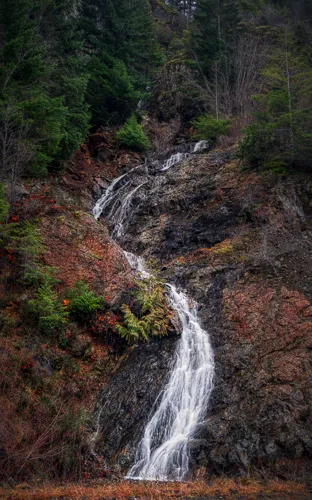

Composition is the foundation of art. It forms the basis of all successful works of art, and is the first thing an artist must consider when creating a piece. Composition refers to the arrangement of elements within a piece, such as line, shape, colour, texture, and other visual elements. In this comprehensive guide, we will cover the basic principles of composition and how they can be used to create stunning works of art. We will explore how each element works together to create balance, rhythm, and harmony, and how to use them to create powerful, engaging pieces. With this guide, you will learn how to master the elements of composition and create beautiful, meaningful works of art.
There are eight elements of composition that you can use to guide your work and help create visually stunning compositions. These elements are line, shape, colour, texture, space, rhythm, form, and the rule of thirds. Let’s explore each one in more detail so you can see how it contributes to the art.
First, we have leading line in photography. Leading lines is one of the most basic elements of composition and can be used to create visual flow and guide the eye through the piece. The direction and weight of the line can add interest, direct the eye, and offer a sense of visual movement. Line can be created using a variety of materials, including paint, ink, pencil, and even thread! There are many different types of lines, including curved line, diagonal line, straight line, horizontal line, vertical line, and zigzag line. Lines can be thick or thin, continuous or broken, and even hidden or implied. Lines can exist in the visual world, such as a horizon line, or in the physical world, such as the edge of a table.
Next, we have shape. Shapes in photography can be geometric or organic. They can be regular or irregular, and can be outlined or filled in. Shapes can be used as the focal point of a piece, or as a background element. Sculptors often use shapes to create three-dimensional pieces, giving their work volume and dimension. You can use shapes to create balance and harmony within the piece, or to focus attention on specific elements. You can create compositions using only shapes, or by pairing them with other elements.
Third, we have colour. Understanding colour theory can help you create contrast and harmony within the composition. It can also be used as a focal point, or as a background element. You can create compositions using only colour, or by pairing different colours. You can also use colour temperature to create a mood or feeling within the piece, or use it to create contrast to direct attention to specific elements. You can create color harmony using a variety of colour schemes, like the warm/cool, analogous, or complementary colour schemes.
Fourth, we have texture. Texture can be created using paint, paper, fabric, or even natural materials like sand, leaves, or grass. You can use texture to create contrast or harmony within the piece, and it can also be used as a focal point or background element. Texture is often used in mixed media pieces to add visual interest and depth to the work. You can create visual texture by layering materials on top of each other, such as adding paper over paint. You can also create a tactile texture by adding materials like sand, leaves, or grass for a more hands-on approach.
Fifth, we have space. Space refers to the amount of negative space within the composition, or the amount of open space in the piece. This can be used to create contrast or harmony within the piece, and can also be used as a focal point or background element. You can create compositions using only space, or by pairing it with other elements. You can create visual or physical space by using elements like lines, shapes, or colour to separate elements and keep them visually distinct.
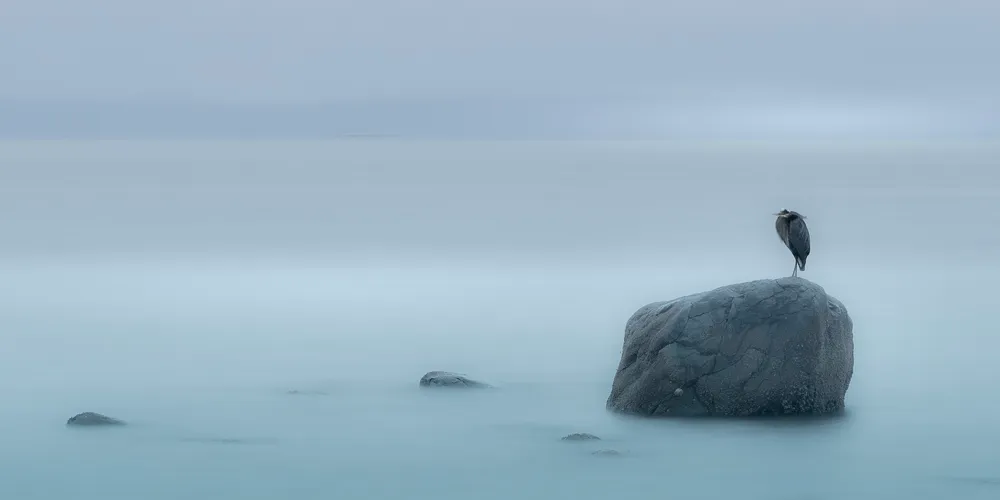
Sixth, we have rhythm. Rhythm can be created using elements like line, shape, colour, and texture. It can be used to create visual flow and guide the eye through the piece, and can also be used as a focal point, or background element. You can create compositions using only rhythm, or by pairing different rhythms together. You can create rhythm in photography with repeating elements throughout the piece, such as by stacking shapes, or by creating visual or physical movement.
Seventh, we have form. Form refers to three-dimensional shapes, like cubes and spheres. It can be created using only shapes, or by pairing shapes with other elements. Form can be used to create visual harmony within the piece, and can also be used as a focal point, or background element. You can create compositions using only form, or by pairing it with other elements.
Balance in photography is when a photo is one with all the elements within the picture are arranged in a way that no one part of the photo is overpowering or dominating.
When we talk about balance in a photo, we are referring to the visual weight of the elements within the frame.
It means there is harmony among all of the components in the image. This can create a sense of equilibrium and stability, making the photo more aesthetically pleasing to the viewer. In photography, balance can be achieved through a variety of techniques, such as using symmetry, contrasting elements, or carefully positioning the elements within the frame.
Ninth, we have the rule of thirds. The rule of thirds is a rule of thumb which divides the composition into nine equal parts vertically and horizontally, creating a grid-like layout. This can be used to create visual harmony within the piece, and can also be used as a focal point, or background element. You can create compositions using only the rule of thirds, or by pairing it with other elements.
Photographers and artists are always looking for inspiration, and the best place to find it is in the everyday world around you. As you go about your daily life, try to notice the colours, shapes, textures, and lines that surround you. Look at how colours are used in advertisements, natural landscapes, architecture, and other man-made structures. Pay attention to how everything is composed, and how it is put together. Make a conscious effort to see the world around you in a new light. You will be surprised at how much you can learn from just observing your surroundings. You can also explore composition through different mediums, like photography, painting, sculpture, or drawing. This will not only help you learn how they work, but also provide inspiration and help you explore different styles and compositional techniques in art.
When creating a composition, start by exploring the different movements that can be found in the work. Is there a movement in the piece you want to emphasize? If so, you can try to create a visual flow that follows this movement. For example, if you have a waterfall in the piece, you might want to create a visual flow that follows the water tumbling down the rock face. Experiment with different ways to use movement to create your compositions. Use arrows, lines, and other visual elements to create a flow in the piece. You can even use a simple piece of paper to experiment with different layouts for your work. Start by folding the paper to create different shapes. Then, try moving the paper around the page to see how it looks when it is placed in different positions. You can also explore movement in the digital world by trying out different animations and apps to help you explore different movements.
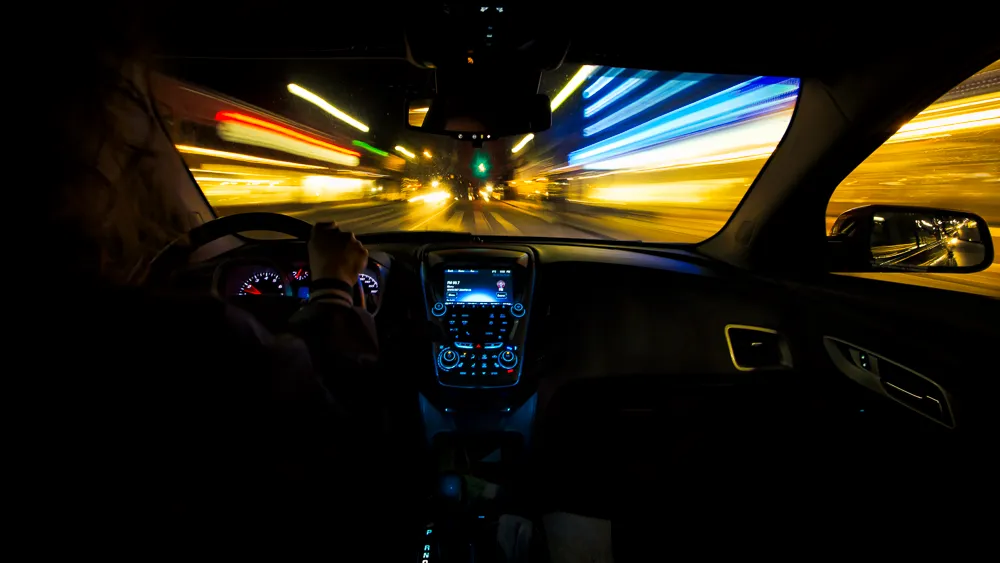
When creating a composition, try to focus on the shapes within the piece. You can use the shape of the canvas itself to create a frame around the work. Take a look at the shapes in the work, and see how they interact with each other. Once you have these shapes identified, start experimenting with different ways to arrange them. Think about how they would look when they are placed in different positions, and how they would interact with each other. Be creative, and don’t be afraid to try new things. You might find that you create a more interesting composition than the original one. There are many different ways you can use shapes to create compositions, including the warm/cool, analogous, and complementary colour schemes.
When creating a composition in art and design, think about how you can use space to create visual harmony. You can use negative space to lead the eye around the piece, and create visual balance. Let the negative space lead the eye to where you want it to go. You can use positive space to show contrast and create visual interest. Explore different ways to use space to create visual harmony. You can also use space to create a feeling within the piece. For example, if you want to create a feeling of busyness, use less space and create density in the work. If you want to create a feeling of space, use more space and create airiness throughout the piece.
When creating a composition, explore how you can use rhythm within the piece.
One way to create a sense of rhythm in your photography is to use a repetition of elements to create flow and movement within the photo.
Try using repeating shapes, lines, or colours. Use patterns to create a sense of rhythm in your photos. For example, if you’re photographing a field of flowers, you could use a repeating pattern of the flowers to create a sense of rhythm.
Another way to create rhythm in your photos is to use leading lines, which are lines within the frame that draw the viewer’s eye through the photo and create a sense of movement.
Think about the elements in the photo and how they interact with each other. Using rhythm in your photos can help to add visual interest and make them more engaging for the viewer.
Beginner photographers frequently focus so intently on the subject that they overlook the background during a shoot, which leaves them unpleasantly startled when they see their photos on the computer. Meanwhile, frequently only a slight sidestep would have been sufficient to switch from a cluttered background for a far superior one. Distracting items can occasionally be hidden beneath your subject. The finest backgrounds for subjects are unbroken single-color surfaces since they make subjects stand out the most.
You have to approach your subject in the opposite order from a painter while filming outside of a studio. Beginning with a blank canvas, painters progressively add components that improve the final image to their compositions. However, as a photographer, you begin with a setting that has a lot of components that might ruin your final image. By altering your shooting position and the depth of focus, you must progressively remove these irritating aspects from your picture.
Using colour to draw attention is frequently rather simple. Typically, a vivid or bright hue is needed. This kind of hue tends to draw the viewer’s eye to the coloured region and keep it there. Additionally, colour has a tendency to hold the viewer’s interest for a long time. The hue usually draws the viewer’s eyes back if they do stray.
A photographer may employ coloured light to great effect in photographs in the early morning and late at night. Everything is illuminated by a gentle blue light an hour or so before sunrise and an hour or so after nightfall. A image of a beach in the early morning hours drenched in the cold, blue light is one example of how this lighting can be used to generate a serene mood.
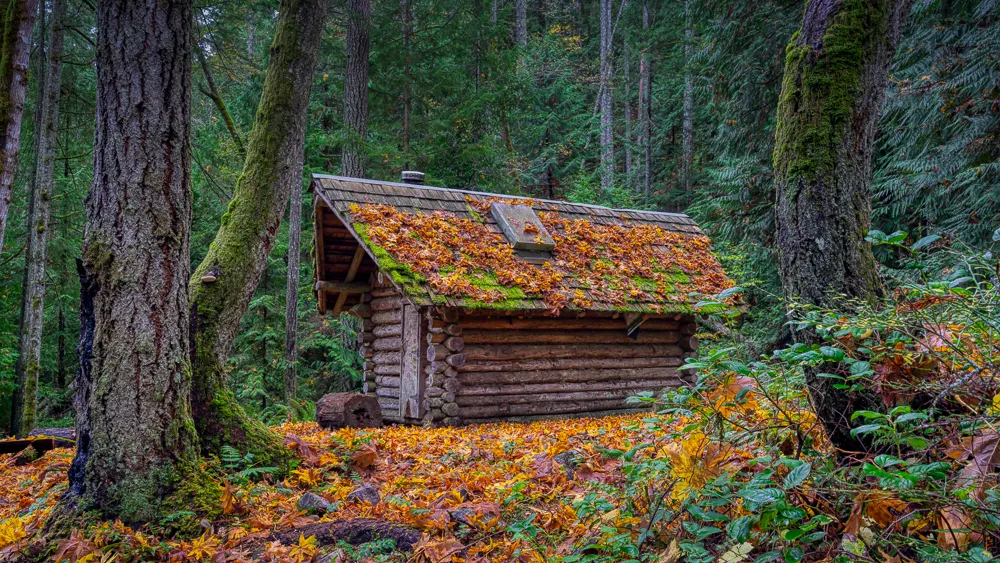
The word “composition” refers to a whole masterpiece and, more particularly, to the way that all of its components come together to create a cohesive whole.
The number of components that make up a composition might range from numerous to few. The way a photographer frames certain elements determines how engaging a picture is to the viewer. A good picture will take a lot of various elements and put them together in a way that looks excellent.o.
Since composition is the manner the design considerations are arranged, you may refer to it as “design.” On the other hand, Lines, forms, colors, and values make up a drawing.
A composition is a melodic piece that was written by a writer or artist, whether it features words or not. The audio of a performance of the primary piece is known as a studio production and is sometimes alluded to as a “master.” Rhythm, drums, bass, piano, and vocals are all included in this
Composition describes how the on-screen compositional elements in art—actors, backdrops, objects, etc.—appear in relation to one another and inside the frame. Film structure in the early days of cinema essentially resembled that of a theatrical play. All performers and significant information were placed such that they faced the audience.

Welcome to our guide to Photoshop tutorials for beginners: A Complete Beginner’s Tutorial for Learning
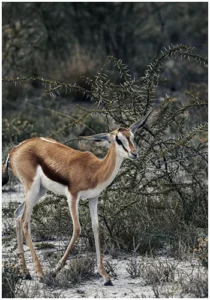
Creating stunning images is all about nailing the perfect colour grade. It’s what makes your
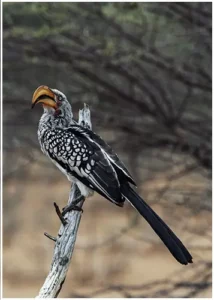
Are you a visual storyteller looking to take your work to the next level? Have you